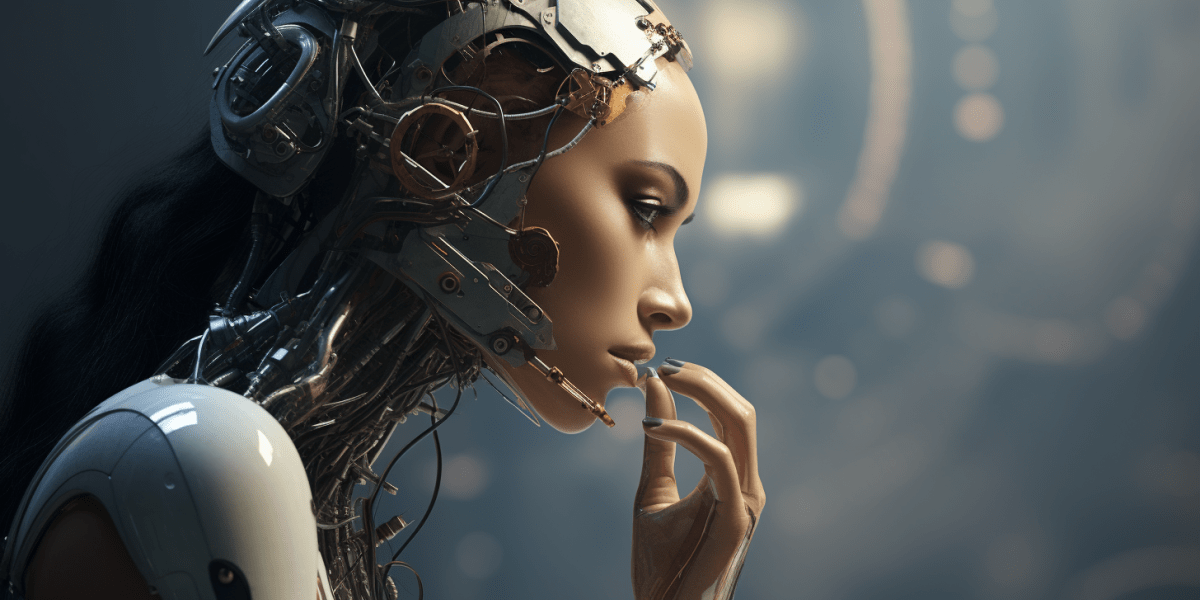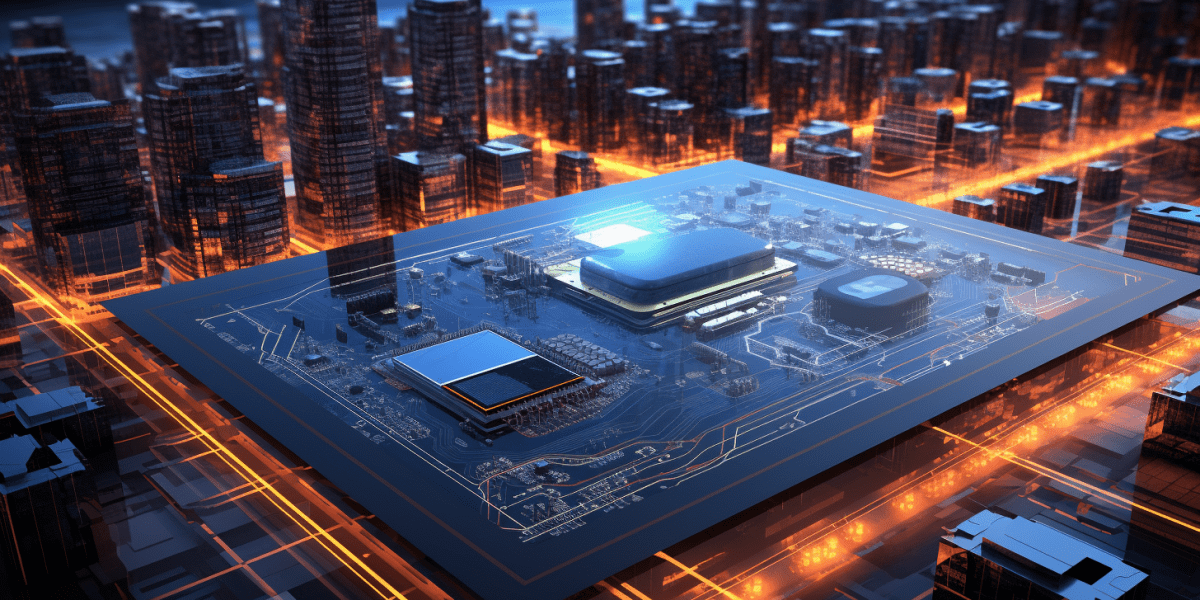In the rapidly evolving realm of technology, machine learning and deep learning have emerged as transformative forces that are reshaping industries and revolutionizing the way we interact with data. From supervised and unsupervised learning to the power of tools like scikit-learn, Kubeflow, and Python, this blog explores the essential keywords in the world of machine learning and deep learning.
Table of Contents
- Machine Learning: Unraveling the Basics
- Deep Learning: Unveiling the Power of Neural Networks
- Exploring Essential Tools:
- Deep Learning in Focus:
- Exploring Essential Tools:
- FAQs about Machine Learning, Deep Learning, and Relevant Tools
- What is the difference between machine learning and deep learning?
- What is supervised learning?
- What is unsupervised learning?
- What is scikit-learn used for?
- What is Kubeflow?
- How can I use Python for machine learning?
- What is the role of deep learning in AI?
- What advantages does deep learning bring to AI?
- How does Kubeflow help in machine learning?
- Can I build machine learning models without prior coding experience?
- Is Python the best language for machine learning?
- Are there any limitations to deep learning?
- How can I get started with scikit-learn and Kubeflow?
- What’s the future of machine learning and deep learning?
- The Future with Deep Learning
Machine Learning: Unraveling the Basics
Machine learning is at the heart of modern artificial intelligence, enabling systems to learn from data and improve their performance over time. It involves training algorithms to identify patterns and make predictions or decisions, often categorized into supervised and unsupervised learning.
Supervised Learning: Guided by Examples
In supervised learning, algorithms are trained on labeled data, where the input data is paired with the correct output. This allows the model to learn the mapping between inputs and outputs, making it capable of making predictions on new, unseen data.
Unsupervised Learning: Discovering Hidden Patterns
Unsupervised learning, on the other hand, deals with unlabeled data. Here, algorithms seek to identify patterns or structures within the data without predefined labels. This approach is particularly useful for tasks such as clustering and dimensionality reduction.
Deep Learning: Unveiling the Power of Neural Networks
Deep learning is a subset of ML that focuses on artificial neural networks inspired by the human brain’s structure. These networks consist of layers of interconnected nodes that process and transform data, enabling the algorithm to automatically learn hierarchical features from the input.
Deep Learning AI: Enhancing Capabilities
Deep learning has significantly expanded the horizons of AI capabilities. Its intricate architectures, like convolutional neural networks (CNNs) for image analysis and recurrent neural networks (RNNs) for sequential data, have driven breakthroughs in fields such as image recognition, natural language processing, and more.
Exploring Essential Tools:
Scikit-Learn: Your Machine Learning Companion
Scikit-learn, a powerful open-source library in Python, offers a wide range of tools for machine learning tasks. From classification and regression to clustering and dimensionality reduction, scikit-learn provides a user-friendly interface for building robust ML models.
Kubeflow: Orchestrating Machine Learning Workflows
Kubeflow is an open-source platform that simplifies the deployment and management of machine learning workflows on Kubernetes, an efficient container orchestration system. It allows data scientists and engineers to streamline the development and deployment of ML models at scale.
Python Machine Learning: A Preferred Language
Python’s simplicity and versatility have made it a dominant language in the machine learning community. Its rich ecosystem of libraries, including scikit-learn, TensorFlow, and PyTorch, empowers developers to implement intricate ML algorithms with ease.
Deep Learning in Focus:
Deep Learning is Redefining Possibilities
The advancements in deep learning have opened doors to solving complex problems that were previously deemed insurmountable. From autonomous vehicles to medical diagnostics, deep learning’s ability to process massive datasets and extract meaningful insights is pushing the boundaries of innovation.
Exploring Essential Tools:
Scikit-Learn: Your Machine Learning Companion
Scikit-learn, often abbreviated as sklearn, is a widely used open-source machine learning library for the Python programming language. It’s designed to provide simple and efficient tools for data mining and data analysis, making it an excellent choice for both beginners and experienced ML practitioners.
Scikit-learn offers a comprehensive range of functionalities, including:
- Supervised Learning Algorithms: The library includes various algorithms for classification, regression, and anomaly detection. These algorithms, such as Support Vector Machines (SVM), Decision Trees, and Random Forests, enable the creation of predictive models.
- Unsupervised Learning Algorithms: Scikit-learn provides clustering algorithms like K-Means and hierarchical clustering, as well as dimensionality reduction techniques like Principal Component Analysis (PCA).
- Model Evaluation: The library offers tools to assess the performance of machine learning models using metrics such as accuracy, precision, recall, and F1-score. Cross-validation techniques are also available to avoid overfitting.
- Data Preprocessing: Scikit-learn includes utilities for data preprocessing tasks such as feature scaling, normalization, and handling missing values.
- Pipeline Creation: Scikit-learn allows you to create machine learning pipelines that streamline the process of data transformation, feature selection, and model training.
Kubeflow: Orchestrating Machine Learning Workflows
Kubeflow is an open-source platform designed to simplify and streamline the deployment, management, and scaling of machine learning workflows using Kubernetes, an industry-standard container orchestration system. Kubernetes enables the automated deployment, scaling, and management of containerized applications, and Kubeflow extends this capability to machine learning tasks.
Key features of Kubeflow include:
- Scalability: Kubeflow allows you to deploy machine learning workflows at any scale, from small experiments to large-scale production systems, by leveraging Kubernetes’ scalability features.
- Portability: With Kubeflow, machine learning models and workflows can be packaged as containerized applications, ensuring consistency and portability across different environments.
- Workflow Composition: Kubeflow enables the creation of complex machine learning pipelines by orchestrating the execution of various components, such as data preprocessing, model training, and inference.
- Experiment Tracking: Kubeflow provides tools for tracking and managing machine learning experiments, making it easier to reproduce and compare different model iterations.
Python: The Heart of Machine Learning
Python is a widely used, high-level programming language known for its simplicity and readability. It has become the de facto language for many machine learning and data science tasks due to its rich ecosystem of libraries and frameworks that cater to these domains.
In the context of machine learning:
- Libraries: Python boasts a plethora of ML libraries like scikit-learn, TensorFlow, PyTorch, and Keras, which empower developers to implement complex algorithms and models with relative ease.
- Flexibility: Python’s flexibility and versatility make it ideal for rapid prototyping and experimentation in ML projects.
- Data Manipulation: Libraries like NumPy and pandas provide powerful tools for data manipulation, transformation, and analysis.
- Visualization: Libraries like Matplotlib and Seaborn allow for data visualization, aiding in the understanding of data distributions and model outputs.
- Community Support: Python has a vibrant and active community of data scientists, researchers, and developers, making it easy to find tutorials, documentation, and solutions to common problems.
In essence, Python’s user-friendly syntax and robust libraries make it a preferred language for implementing machine learning algorithms and building advanced models.
FAQs about Machine Learning, Deep Learning, and Relevant Tools
What is the difference between machine learning and deep learning?
Machine learning is a broader concept involving algorithms that enable systems to learn from data and improve their performance. Deep learning, a subset of machine learning, focuses on neural networks with multiple layers, capable of learning intricate patterns from complex data.
What is supervised learning?
Supervised learning is a type of machine learning where the algorithm learns from labeled data, making predictions based on the input-output relationship learned during training.
What is unsupervised learning?
Unsupervised learning involves training algorithms on unlabeled data to identify patterns, clusters, or structures within the data without predefined outputs.
What is scikit-learn used for?
Scikit-learn is a popular Python library for machine learning tasks. It provides tools for classification, regression, clustering, and more, making it easier to build and evaluate machine learning models.
What is Kubeflow?
Kubeflow is an open-source platform that simplifies the deployment and management of machine learning workflows on Kubernetes, enabling scalable and efficient orchestration of machine learning tasks.
How can I use Python for machine learning?
Python is a versatile programming language with a rich ecosystem of machine learning libraries such as scikit-learn, TensorFlow, and PyTorch. These libraries offer tools and frameworks to implement various ML algorithms.
What is the role of deep learning in AI?
Deep learning is a key component of artificial intelligence. It involves using complex neural networks to process data and extract intricate features, enabling AI systems to understand and make decisions based on the learned patterns.
What advantages does deep learning bring to AI?
Deep learning allows AI systems to automatically learn hierarchical representations from data, enabling them to tackle complex tasks like image recognition, natural language processing, and more with high accuracy.
How does Kubeflow help in machine learning?
Kubeflow streamlines the deployment and management of machine learning workflows by leveraging Kubernetes’ capabilities. It simplifies scaling, management, and monitoring of machine learning tasks, making it easier to deploy models at scale.
Can I build machine learning models without prior coding experience?
While a basic understanding of programming can be helpful, many user-friendly tools and libraries like scikit-learn provide simple interfaces for building machine learning models without requiring advanced coding skills.
Is Python the best language for machine learning?
Python is highly popular for machine learning due to its ease of use, extensive libraries, and active community. However, other languages like R and Julia are also used in the field, depending on specific requirements.
Are there any limitations to deep learning?
Deep learning requires large amounts of data and substantial computational resources. It might not perform well on smaller datasets and can be challenging to interpret compared to traditional machine learning models.
How can I get started with scikit-learn and Kubeflow?
You can begin with scikit-learn by exploring its documentation and tutorials. To start with Kubeflow, their official website offers guides and resources for setting up and using the platform.
What’s the future of machine learning and deep learning?
The future holds exciting prospects for both fields. Machine learning and deep learning are expected to continue driving innovations in various industries, from healthcare to autonomous vehicles, as research progresses and technology evolves.
The Future with Deep Learning
As deep learning continues to evolve, the future holds even more exciting prospects. With ongoing research in areas like reinforcement learning, generative adversarial networks (GANs), and explainable AI, we’re on the brink of a new era where machines will not only understand but also interpret the world around us.
Machine learning and deep learning are propelling us into an era of data-driven insights and transformative technologies. From the foundational concepts of supervised and unsupervised learning to the revolutionary impact of deep learning, armed with tools like scikit-learn, Kubeflow, and Python, we’re equipped to shape the future through intelligent algorithms and creative innovations.





